Picture this: you’re standing at the edge of what looks like a massive strawberry milkshake stretching to the horizon. A pink lake is a lake that has a red or pink colour. “I didn’t believe that it could be that pink, but it’s like a Pepto Bismol pink,” one visitor describes.
This isn’t some chemical spill or Instagram filter gone wild. The water of some lakes in semi-arid regions turns a pink colour during the warm and dry months of the year, when brine concentrations are highest. The pink coloration of these lakes is not due to artificial dyes or pollution but is a natural phenomenon. Each summer, dozens of lakes across the globe transform into rosy spectacles that challenge everything you thought you knew about water. Let’s dive in and explore this stunning natural phenomenon.
The Salt Connection
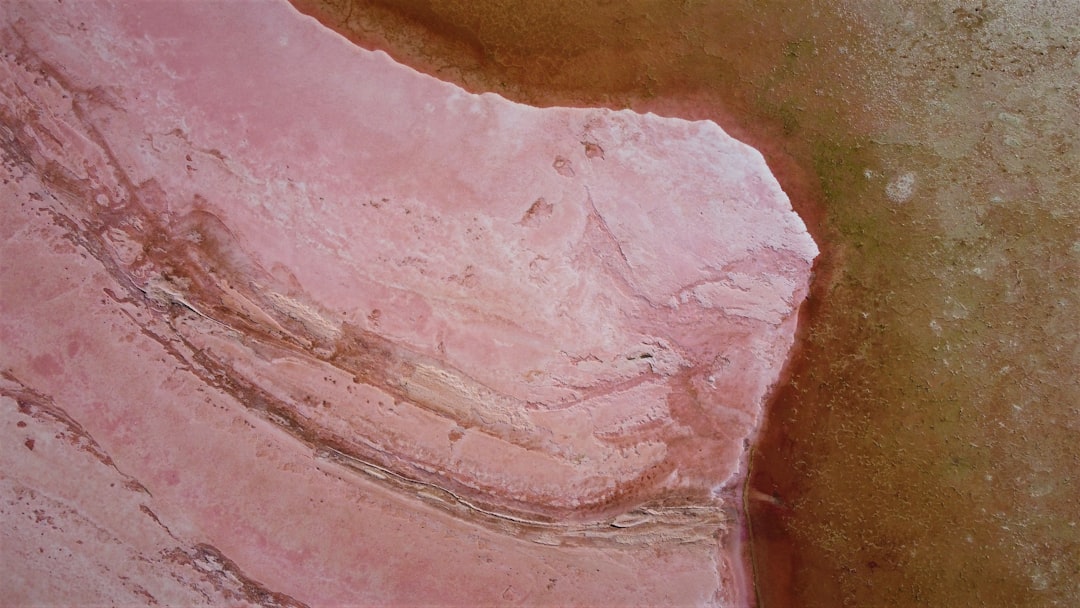
Pink lakes arise from a combination of factors, which include climate and hydrology of the continent beneath them, in particular the level of salinity. As water evaporates, the salinity increases, but salinity is not the only factor at work. Think of these lakes like giant evaporation pans where the sun works tirelessly to concentrate the minerals.
Dunaliella salina is the most halophilic (salt-tolerant) alga known and can grow in salinity as high as 35% NaCl (in comparison to seawater, which contains approximately 3.5% NaCl). Pink lakes such as Lake Hillier can be up to ten times saltier than seawater (the Dead Sea in Israel is around nine times so). This extreme saltiness creates conditions where only the toughest organisms can survive.
The Tiny Pink Warriors
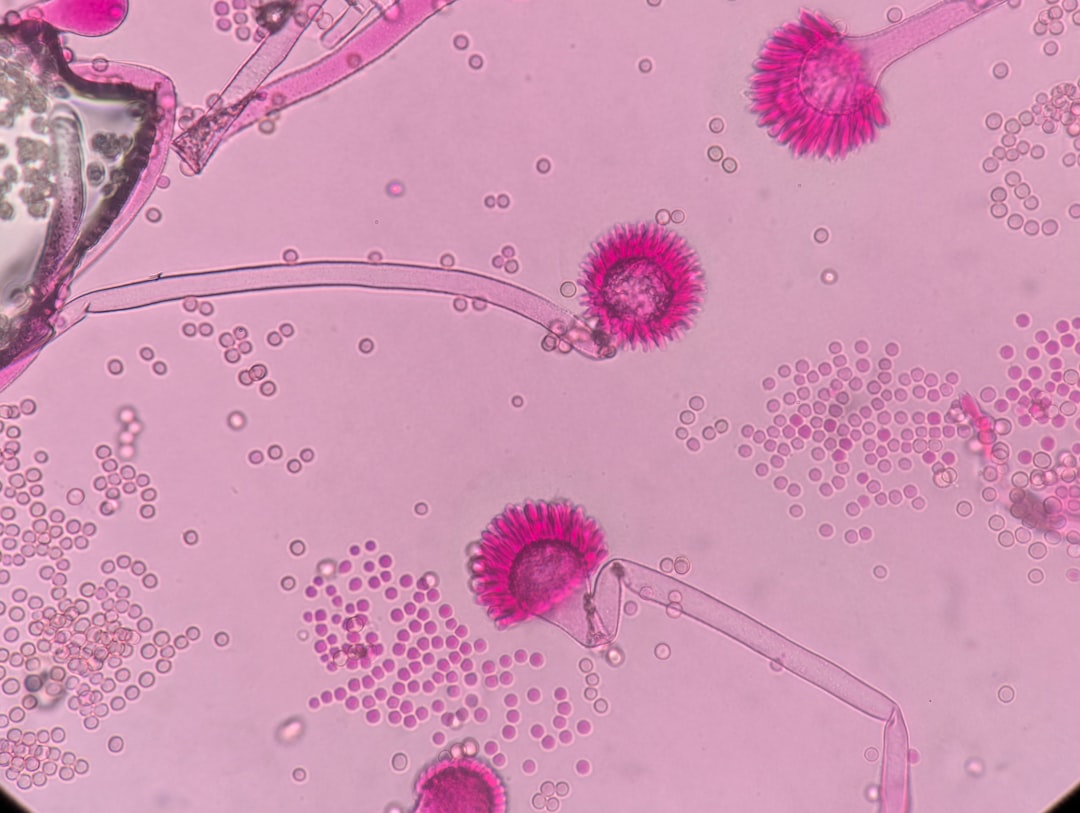
The orange/pink colour of salt lakes across the world has often been attributed to the green alga Dunaliella salina, but other work has shown that bacteria or archaea are also involved. The primary cause is the presence of specific microorganisms and chemical compounds in the water. One of the most common contributors is a type of salt-loving microorganism called Dunaliella salina, a microalgae that thrives in high-salinity environments.
These unique bacteria and algae are pink in color, which helps to give the waters of Utah’s Pink Lake its signature hue. Not many organisms can survive in these high-salinity environments, but the pink bacteria and algae that live here thrive in high salt concentrations. Perhaps the only microbes that don’t mind the increased salinity are the halophiles, or extremophilic microbes that are particularly adapted to thrive in very salty conditions.
Summer’s Perfect Storm

At high salinity, temperature, and light, this alga accumulates the red carotenoid pigment, beta-carotene. During the summer months, increased evaporation raises the lake’s salinity, making the pink hue even more vivid. Summer creates the perfect trifecta: blazing sun, warm temperatures, and maximum evaporation.
In Lake Tyrrell, the pink colour coincides with the period of maximum salinity and the warmest summer temperatures. Color intensity peaks during late summer to autumn (February–April), correlating with elevated temperatures and evaporation that increase salinity and stimulate pigment synthesis. It’s nature’s way of timing the perfect pink performance.
The Beta-Carotene Sunscreen
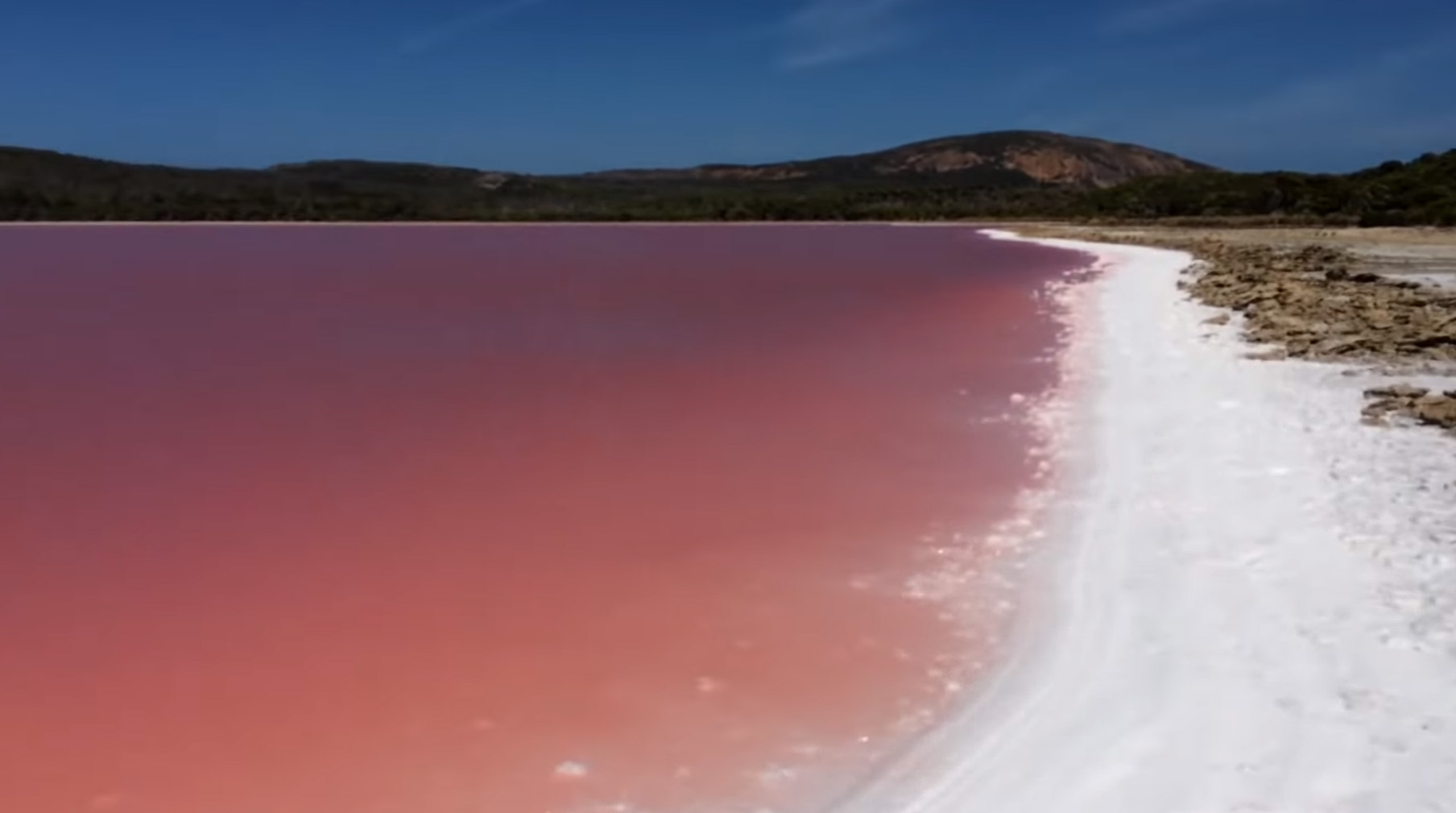
This is the same pigment that gives carrots, which contain approximately 0.006-0.015% of beta-carotene, their colour. The beta-carotene protects the alga against damage from high light, coating the green chlorophyll and giving the alga an orange/red colour. These tiny organisms essentially create their own natural sunscreen to survive the brutal conditions.
The drought conditions as so bad that the blue-green algae are producing beta-carotene (pink) as a sunscreen. Ask yourself how bad does it have to be for algae to have to put on sunscreen? In response to osmotic stress and high solar radiation, D. salina produces large quantities of β-carotene, a protective carotenoid pigment that quenches reactive oxygen species and absorbs excess light energy.
The Bacterial Brigade
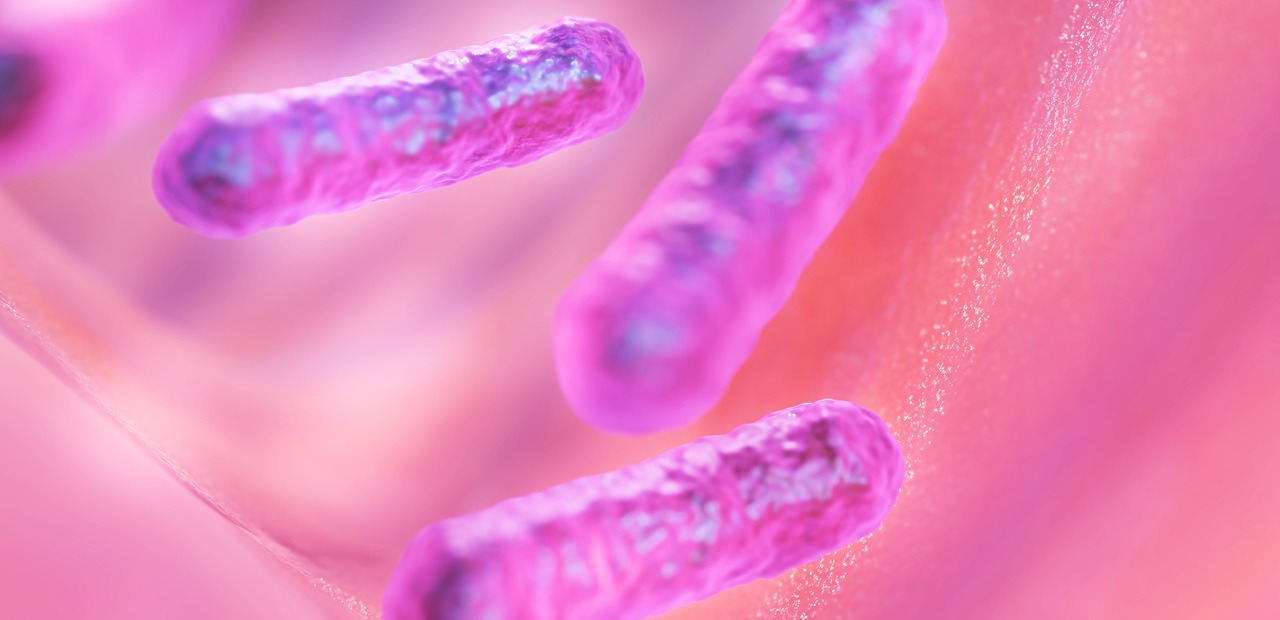
In some of the hundreds of Australian pink lakes, a red bacterium, Salinibacter ruber, may be involved in producing their colour. S. ruber produces a pigment called bacterioruberin, which helps it to trap and use light for energy in the photosynthesis process. These bacteria aren’t just passengers in the pink parade – they’re active contributors.
The archaea Halobacterium salinarum (formerly Halobacterium cutirubrum), which is pink in colour and generally grows within the salt crust on the bottom of the lake, has been found to be involved in the colour of some pink lakes, such as the lake in Melbourne’s Westgate Park. Archaea such as Halobacterium salinarum inhabit these hypersaline waters, producing bacterioruberin, a red membrane pigment, and sometimes bacteriorhodopsin, a purple light-sensitive protein used for phototrophic energy generation.
Weather’s Role in the Color Show
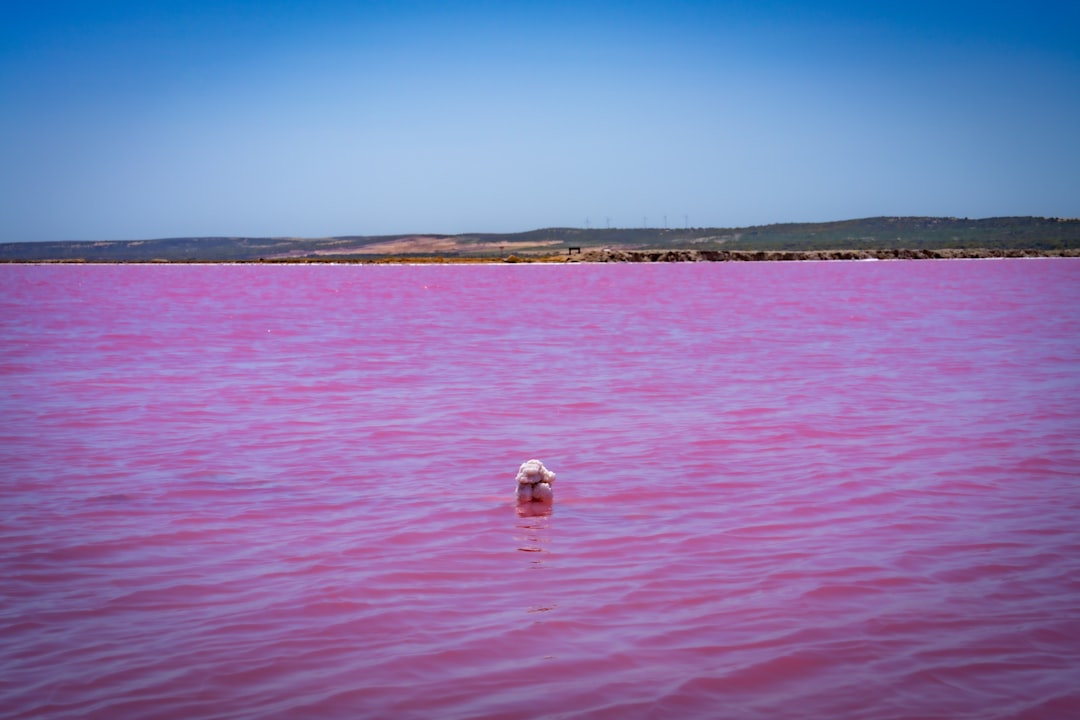
The majority of pink salt lakes change their colour which is often linked to rainfall. Warmer weather and lower rainfall appears to make it turn pink. Weather acts like nature’s color mixer, diluting or concentrating the pink palette depending on the season.
Conversely, during the wet season or after heavy rainfall, freshwater influx dilutes the salt concentration, reducing pigment density and diminishing the color intensity. Heavy rainfall or freshwater inflow dilutes lake salinity and suppresses microbial pigment production, often shifting the lake color toward clearer or paler hues. It’s like adding water to a paint mix – the color fades.
The Global Pink Lake Network
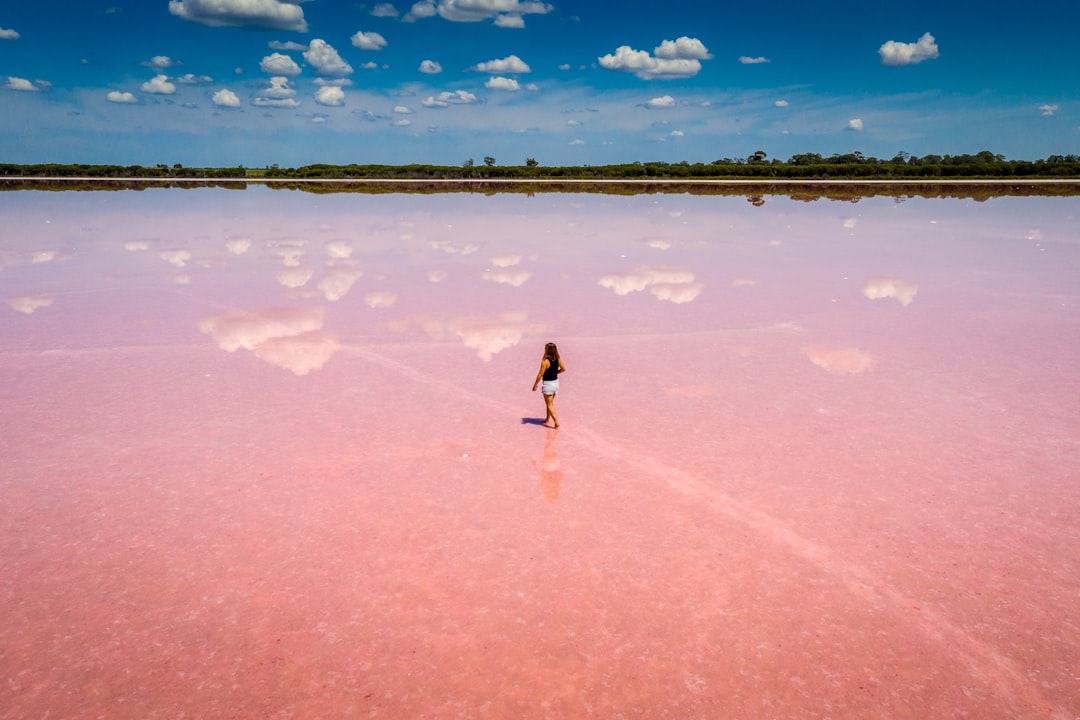
Other naturally occurring pink lakes are spread out across the world. Lake Retba in Senegal, Salinas de Torrevieja in Spain and several lakes in the south of Western Australia have all taken on a rosy hue from their resident bacteria. Australia is home to more than a dozen pink lakes, primarily located in Western Australia, South Australia, and parts of Victoria.
Known for its high salinity, the lake undergoes a remarkable transformation during summer, turning bright pink due to algae that produce a red-orange pigment in response to increased temperatures and salinity. Maharloo Lake, near Shiraz, Iran, is a seasonal salt lake that turns pink due to the proliferation of algae and bacteria suited to its saline conditions. The intensity of the pink color can be seen especially in the summer months.
Climate Change and Pink Lake Futures
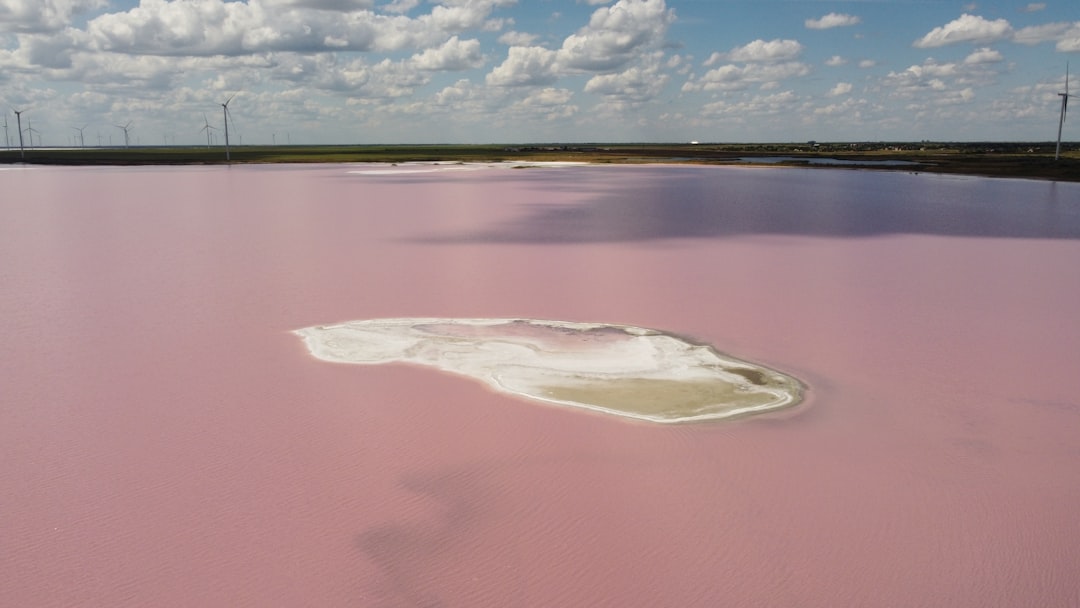
While the lakes may look striking, any increase in Barbie Dreamhouse-colored waters may be a sign of warming temperatures and drier conditions driven by climate change. These two impacts could make water saltier – so, in Western Australia, scientists are expecting to see more pink lakes, says Angus Lawrie, a salt lake ecology specialist at Murdoch University Climate change might actually give us more pink lakes, though not necessarily for happy reasons.
Climate change is expected to lead to lower levels of rainfall and higher temperatures across Australia’s southwestern region. Therefore, these changing conditions are expected to alter the water content of the lakes, making some more salty and therefore more receptive to the color-changing algae. The delicate organic chemical balance that causes the existence of pink lakes may be at risk in the face of climate change. As global temperatures rise and weather patterns become increasingly erratic, the precarious microbiomes of pink lakes are vulnerable to disruption.
When Pink Lakes Lose Their Color
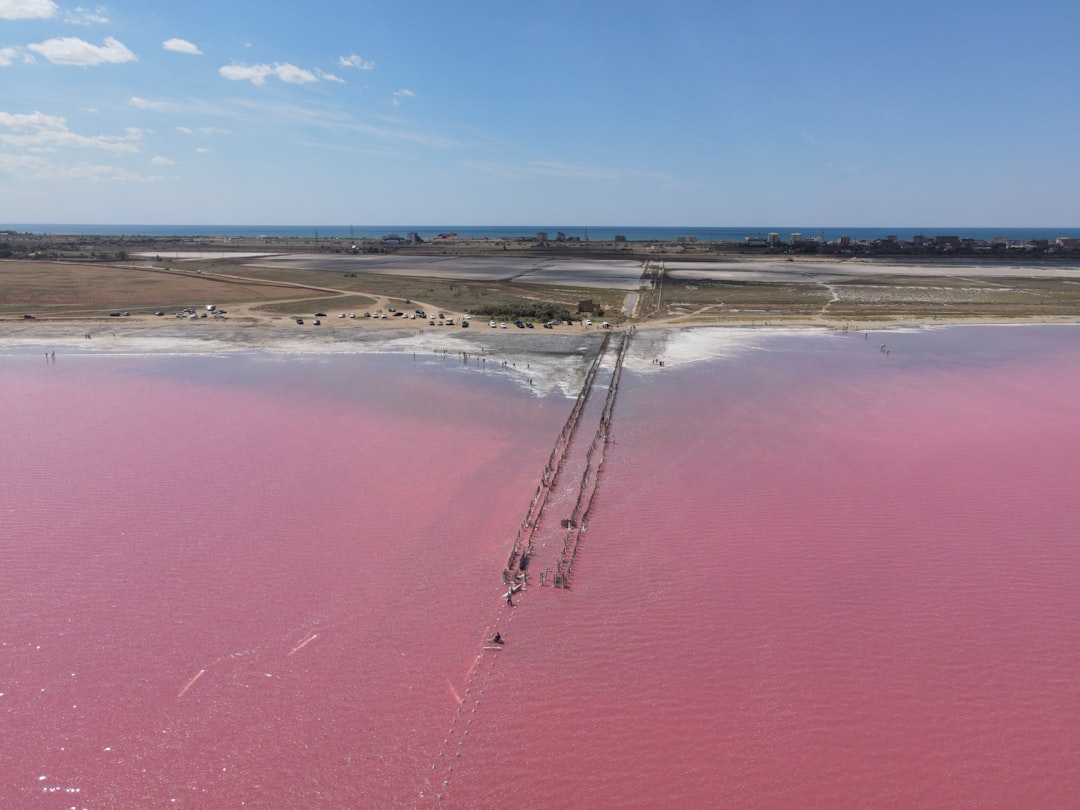
Esperance’s Pink Lake has lost its pink colour due to salinity changes caused by human activity. It is believed that the construction of the South Coast Highway and a rail line altered the flow of water into the lake reducing its salinity which is why it no longer appears pink (the color was lost in the early 2000s). Human interference can quickly turn these natural wonders into ordinary blue lakes.
Over-extraction reduced the lake’s salinity, and its salt-loving extremophiles lost their biological footing to green photosynthesizing organisms like blue-green bacteria and the Navicula genus of diatom. The lake turned a shade of blue-gray in the early 2000s and has stayed that way ever since. Caravans of tourists are still disappointed each year after trying to catch a glimpse of the famous Pink Lake.
Conclusion

The transformation of lakes into vibrant pink spectacles each summer represents one of nature’s most remarkable survival stories. As water evaporates from the surface of these lakes, the remaining water becomes increasingly saline, creating an environment conducive to the growth of tiny organisms that produce pigments that act as a protective mechanism against the harsh conditions of their habitat. When conditions are just right – specifically, when the water becomes sufficiently saline and the sunlight is intense enough – the proliferation of these pigmented microorganisms gives rise to the characteristic pink hue that defines these lakes. These microscopic organisms don’t just endure extreme conditions – they paint the landscape while doing it.
Yet as climate patterns shift and human activities continue to alter natural water flows, these pink treasures face an uncertain future. Some may become more vibrant, others might disappear forever. The next time you see a photo of a pink lake, remember you’re witnessing millions of years of evolutionary adaptation painted across the water’s surface. What do you think about these natural phenomena? Tell us in the comments.




